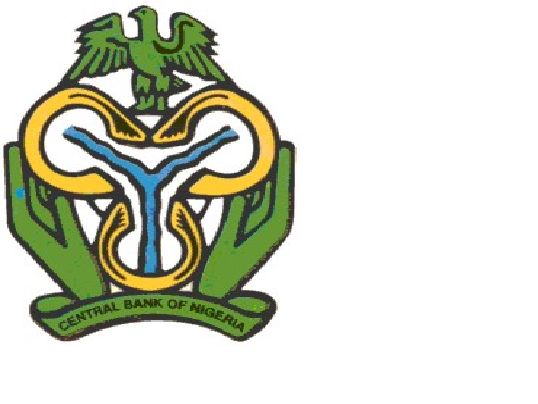Nigerian Banks Reports 11.67% NPL Ratio In 2018Q4
New data by the National Bureau of Statistics (NBS), on Wednesday showed that Nigerian banks reported N1.792tr non-performing loans at the end final quarter of 2018, up from previous quarter’s N2.245tr.
As a ratio of gross loans of N15.353tr for the period, NPL ratio improved significantly to 11.67%, from 14.16% in the corresponding period of 2018Q3.
NPL after specific provisions however stood at 13.22%, down from 16.84%
The Q4 level was the lowest for the year, given that in Q2, NPL ratio stood at 12.45%, as against 13.83% in Q1; while NPL ratio after specific provisions stood at 14.27% from 15.75% in prior quarter.
The improvement in NPL ratio at Q4 2018 was even more significant, after it improved from N2.189tr, or 14.81%; just s NPL after specific provisions improved from 16.72%.
Despite the improvement, it is still a far cry from the 5% regulatory benchmark.
Total lending for 2018Q4 improved by 2.92% Quarter-on-quarter to N15.134tr, with oil and gas lending continue to dominate the space attracting the highest credit allocation of N3.548tr of total lending, representing 23.45%; followed by manufacturing with N2.23tr or 14.74%.
Lending to government for the period stood at N1.362tr, or 9% of total credit; trade/general commerce attracted N1.076tr, or 7.11%; finance, insurance and capital market sector lending accounted for N1.106tr, or 7.31%.
Rising from their meeting of September 2018, members of the Central Bank of Nigeria (CBN) Monetary Policy Committee (MPC), expressed worry over the bloating NPL as ratio of total industry loan for the period from 12.45% at the end of June, to 14.7% by August, at a time of rising oil prices at the international market.
Also worrisome, according to Dahiru Balami, a member of the committee, for instance, the fact that oil and gas lending alone is responsible for 30.8% of industry total loan book; followed afar off by the 12.95% of the manufacturing sector.
Rather than oil and gas, which does not generate so much employment for the economy, he had argued that concentration of loans ought to be towards “agriculture, manufacturing, transport and storage, service, mining and quarrying as well as real estate activities.”
For him therefore, one critical question Nigerian banks need to answer: “Is what credit appetite do banks have for giving more credit to the gas and oil sector?
“In Nigeria, the sectors with highest credit concentration are also sectors with high impact on the NPLs,” he had lamented, stressing that between August 2017 and August 2018, the sector accounted for 44.67%; General Commerce, 8.31%; General, 8.85%; Power and Energy, 6.95%; and Manufacturing, 6.13%;” among others.
His sentiment was shared by Robert Asogwa, another MPC member, who drew attention to Capital Adequacy Ratio (CAR) as another financial soundness indicator that evokes new concerns for him, having declined from 12.0% in June to 10.79% in August.
The trend is worrisome, Asogwa continued, “given the expectation that loan losses by the banking industry should be declining at this time, with the exit from recession.”
He agreed that it was not all bad news after all, judging by the growth in total banking industry assets from N33.7tr in July to N34.05tr , even as total Industry credit moved slightly from N15.53tr to N15.76tr.
He equally drew attention to the deterioration of asset quality, despite the improved liquidity in the banking sector as a whole, calling for efforts to avoid provoking any further distress in the banking sector.”
https://investdata.com.ng/2019/02/nigerian-banks-reports-11-67-npl-ratio-in-2018q4/




Comments
Post a Comment